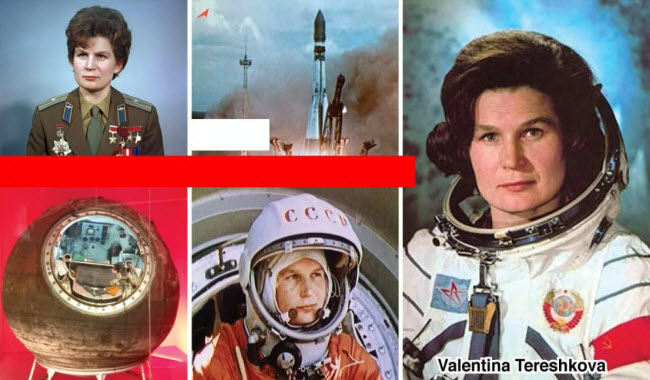In June 1983, Americans gathered around their television screens to witness astronaut Sally Ride make history as the first American woman to go to space. Despite the pride this achievement brought, it was not complete for many, as they knew she was not the first woman in space. Two decades earlier, Soviet astronaut Valentina Tereshkova had made history by completing a solo mission aboard the Soviet spacecraft Vostok 6, orbiting Earth 48 times before landing successfully. She entered history as the first and youngest woman to travel to space, holding the tenth position in the overall ranking of astronauts.
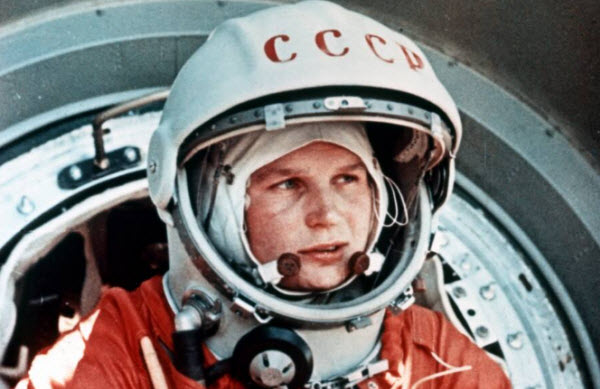
Valentina Vladimirovna Tereshkova was born in 1937 in a poor village approximately 320 kilometers north of Moscow. When she was just two years old, her father died in a World War II battle after being drafted to work on a tank. As the war intensified and the German invasion spread across the Soviet Union, life became increasingly difficult for its citizens. Tereshkova described herself during this period as one of the war children who had no toys. As she grew up, due to poverty and her mother’s deteriorating health, she failed to realize her dream of becoming a railway engineer. Instead, she worked in a tire factory and later in a textile factory to support her family.
Despite these hardships, Tereshkova tried to balance her work with her dream, attending night school and earning a degree in engineering in 1960. During this time, she also joined an aeroclub, trained in parachuting, and completed 160 jumps. Her passion for the sport led her to say, “I felt like I wanted to do it every day.” At that time, the Soviet Union was deeply engaged in the Cold War, with the space race being a major aspect of the competition. Tereshkova was fascinated by the space race and its news, especially after watching Yuri Gagarin, the first human in space, in April 1961. Her mother’s comment on the event was, “Now a man has flown into space; the next turn is for a woman.”
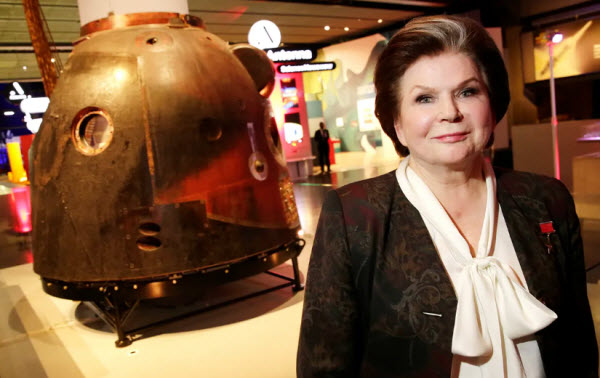
The space race remained a central focus for Tereshkova, and her mother’s words echoed in her mind. When the opportunity arose, she did not waste it. She wrote to the Soviet government, volunteering to train for the female astronaut program. By December 1961, Tereshkova was one of only five women selected for the mission. Due to Soviet secrecy, she could not inform her family about her selection, leading them to believe she was in a special parachute team. However, this was not entirely untrue, as parachute training was essential for Soviet astronauts to exit their spacecraft upon re-entry into the atmosphere.
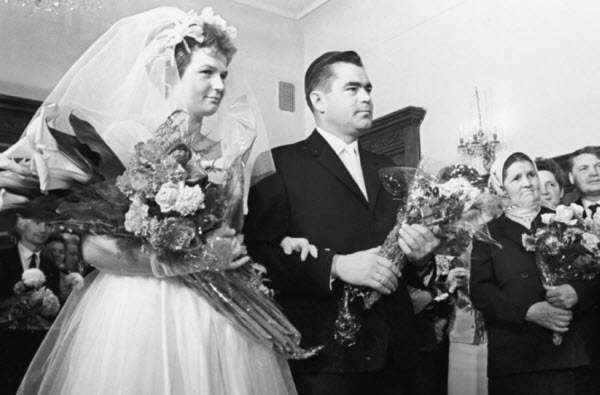
Over the next eighteen months, Tereshkova and the other female astronauts underwent intensive training. In addition to space flight simulations, they practiced gymnastics to strengthen their bodies and spent days in isolation chambers to prepare for psychological challenges of confinement. In June 1963, the Soviets chose Tereshkova to pilot Vostok 6 solo. On June 16, 1963, she had a light breakfast before boarding the spacecraft to become the first woman in space. Her first words upon launch were, “Oh sky, take off your hat—I’m on my way!”
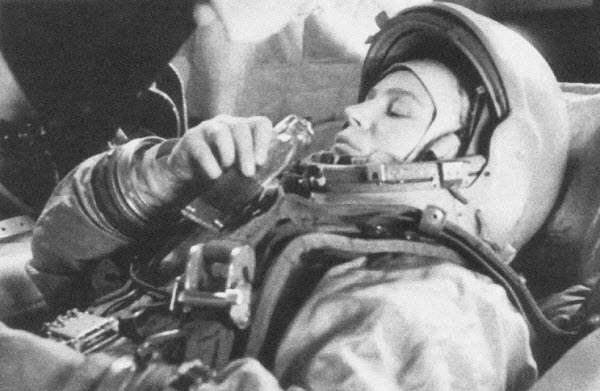
During the live television broadcast of the mission, her family learned of her activities. Tereshkova later admitted that her mother was very upset for having deceived her, and it took a long time for her to forgive her. Regarding her mission, Tereshkova reflected, “When I saw the planet from space, I realized how small and fragile Earth is and how quickly it could be destroyed.” She then conducted a series of planned experiments in the challenging environment, spending a total of 71 hours in orbit before returning to the atmosphere. When her capsule reached an altitude of 7 kilometers, Tereshkova parachuted onto Siberian terrain. After landing half a kilometer from the capsule, she contacted Soviet Premier Nikita Khrushchev to announce the success of her mission. Khrushchev replied that he was extremely pleased and proud that a Soviet woman had become the first to fly into space and operate such advanced equipment.
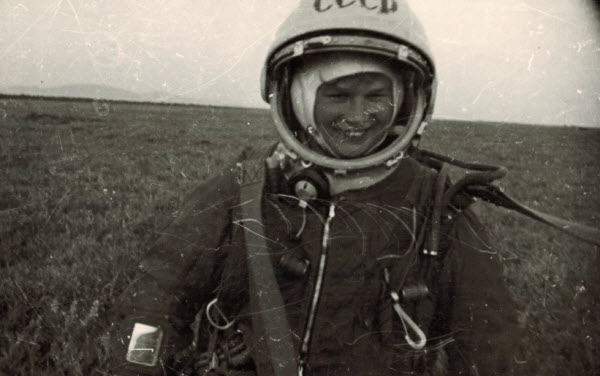
Tereshkova’s mission marked a significant triumph for the Soviets in the space race, surpassing the total orbits of all American astronauts combined. This was a notable victory for them, especially since NASA had barred women from joining space programs during the 1950s and 1960s. Following her mission, Tereshkova became one of the world’s most prominent figures. Her wedding to another astronaut in November 1963 made headlines, and the birth of their daughter in 1964 marked the world’s first child born to parents who had been in space. Afterward, she did not return to space and devoted the rest of her life to advocating for women’s rights.
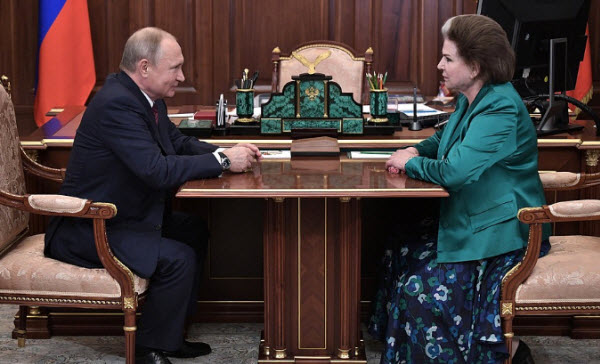
With the collapse of the Soviet Union in 1991, Tereshkova lost her political status and left the space program in 1997. She later became a member of the Russian State Duma in 2011. In honor of her achievements, she carried the Olympic torch at the Beijing 2008 and Sochi 2014 Winter Olympics. However, in 2020, she faced severe criticism for supporting a constitutional amendment that could allow President Vladimir Putin to remain in power until 2036. Despite significant opposition, Tereshkova remained unfazed, publicly stating that her critics were simply “unpatriotic.” As of 2022, she is 85 years old and is believed to have retired in Moscow.
